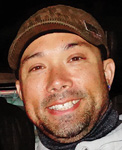
OMAR SMITH: 3D Visual Development Character Modeler at Sony Animation
Tell us a little bit about yourself?
I’ve always been obsessed with character design and development in animation. I spent most of my time studying, drawing, and sculpting characters, but it wasn’t until I went to art school that a clear career path in animation presented itself. In 1998, after studying illustration at ArtCenter College of Design, I landed a job in television on Comedy Central’s South Park, where I had my very first production experience in 3D animation. In 2002, I went to Sony Pictures Imageworks and worked on visual effects for feature films, then in 2006 I transitioned into visual development at Sony Pictures Animation, which is where I’ve been ever since!
How would you describe your job?
I like to describe character modeling in visual development as a purely conceptual sculpting phase, just digitally these days instead of with clay. Our role is solely focused on the design aspects of the characters, and less about the technical demands and standards of a production pipeline. Once a character design is approved in both 2D and 3D, the artwork is then delivered to our awesome modeling department, where artists will go on to produce the final asset to be utilized by the entire production. I spend most of my time working with designers and directors translating 2D character designs into a dimensional 3D space, which means tons of iterating and problem-solving before a character design is even approved. It’s sort of an initial proving ground where the goal is to nail a three-dimensional blueprint for the rest of production to use as a visual guide.
What are the best parts of your job?
Hands down, the people. I’ve been so lucky to have worked with some of the most kind, talented, and brilliant people in the industry. Every project I’ve worked on has been a new chapter of growth for me, both professionally and personally. I truly cherish the knowledge and friendships which have been shared with me over the years.
What are the biggest challenges?
Staying flexible and nimble. Throughout any given year, I’ll bounce around on multiple projects, all of which have different design styles, different development processes, and different personalities. Keeping an open mind and embracing change can be tough at times, but it’s what keeps the job so exciting and stimulating! I love jumping on to a project and trying my best to figure out a solution to a new problem. Those moments are reminders that this is an art form and we should always be willing to break new ground before defaulting to our comfort zones.
How do you stay up to date on the latest technology or tools?
I actually only use a couple of programs to get the job done, however, my tinkering side loves experimenting and I’m always on the hunt to streamline my process. Therefore, I try to dedicate an hour or so each day to developing my own personal tools and evaluating new software. Luckily, these days there are so many amazing “off the shelf” tools that are surprisingly affordable, or even free. It wasn’t long ago that access to “high end” technology meant you needed to work at a professional studio, because the tools were either expensive or the software was proprietary. Thankfully, that’s not the case today—there’s literally nothing holding anyone back from wanting to create 3D content; the tools [Blender, ZBrushCoreMini, Substance Painter and Designer] and training are accessible to all!
Before an object or character can be animated it has to be built in a computer-generated environment. That task is done by modelers, who translate 2D concept art into a 3D space. Shapes can be simple to complex, and most artists describe the process as digital sculpting. Here, we hear from three artists working at different studios.
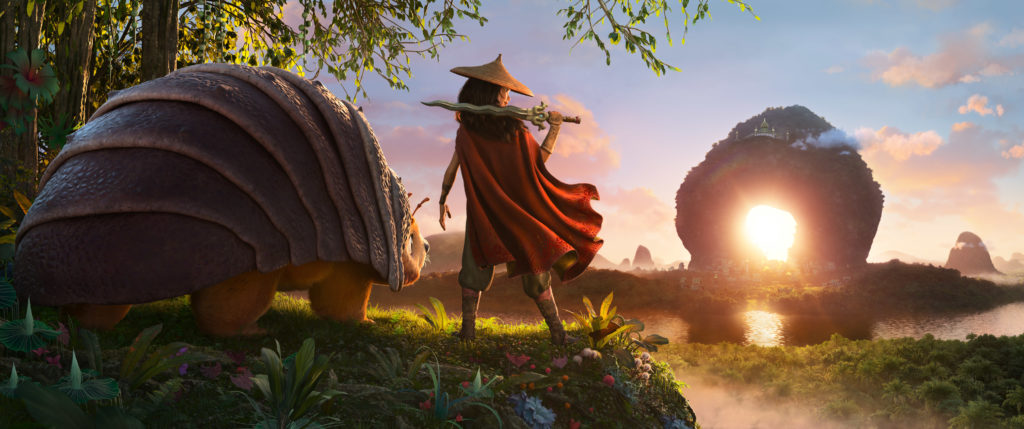
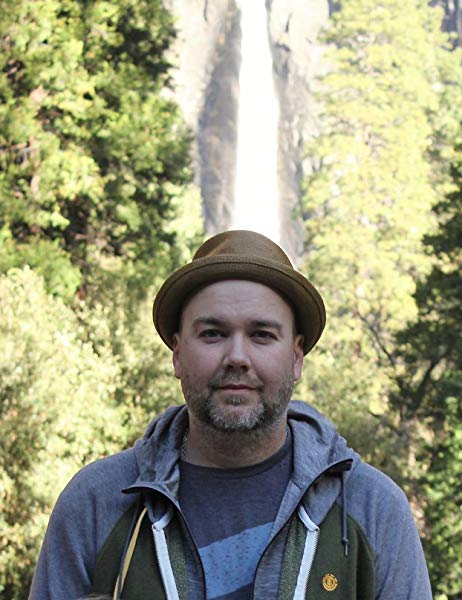
ERIC PROVAN: Environment Modeling Supervisor on Disney’s Raya and the Last Dragon
Tell us a little bit about your background.
I was born and raised in Daytona Beach, FL. My father was a fishing captain, and my mother was a seamstress and clothing designer. Like them, my interests were very eclectic and eventually led me to attending Full Sail University in Orlando. Even still, animation and modeling were completely off my radar. But, after just one lecture in a media class about the computer animation process, I was absolutely hooked. I even knew that I wanted to be a modeler!
How would you describe your job?
Modeling is a lot like drawing. You start with very simple shapes, and then gradually add and subtract detail until you have your desired result in three dimensions. I liken the job of a modeler to playing Minecraft. You’re adding simple shapes to create a more complex overall shape, that hopefully adds history and life to a story.
What are the best parts of your job?
I enjoy the details. The little things that perhaps people don’t consciously notice but are subconsciously affected by. Like switching the middle toe with the big toe on a Frankenstein character, or nudging a plant over by three inches to create a more pleasing composition or shaping some rocks in an environment to create a hidden Mickey. I also love the people I work with. The modeling family at Walt Disney Animation Studios is a diverse bunch that strives to be the best modelers they can be, but always with the goal of having a good time in the process.
What are the biggest challenges?
It feels like this question has taken on a new meaning in 2020. Working from home, I’m inclined to say that the biggest challenge of my job is keeping the kids out of my home office. But, frankly, I adore their little visits. Truthfully though, the biggest challenge right now is balancing home and work. It’s hard being stuck, even with the people you love most, in a house for over six months. I’m not ashamed to say that my mental health has taken some hits. Recognizing that certainly helps. And I’m lucky to have a company and a family that are always there to help in this bonkers year.
How do you stay up-to-date on the latest technology or tools?
I’m lucky to work at a place that puts a lot of emphasis on emerging technologies. Disney is always striving to find new ways to improve the pipeline, while putting story and design first. So we are often given access to new and exciting tools to try out. Beyond that, I try to stay up on the latest trends by communicating with other modelers and staying active on various online art forums, such as ZBrush Central, CG Society, and Unity.
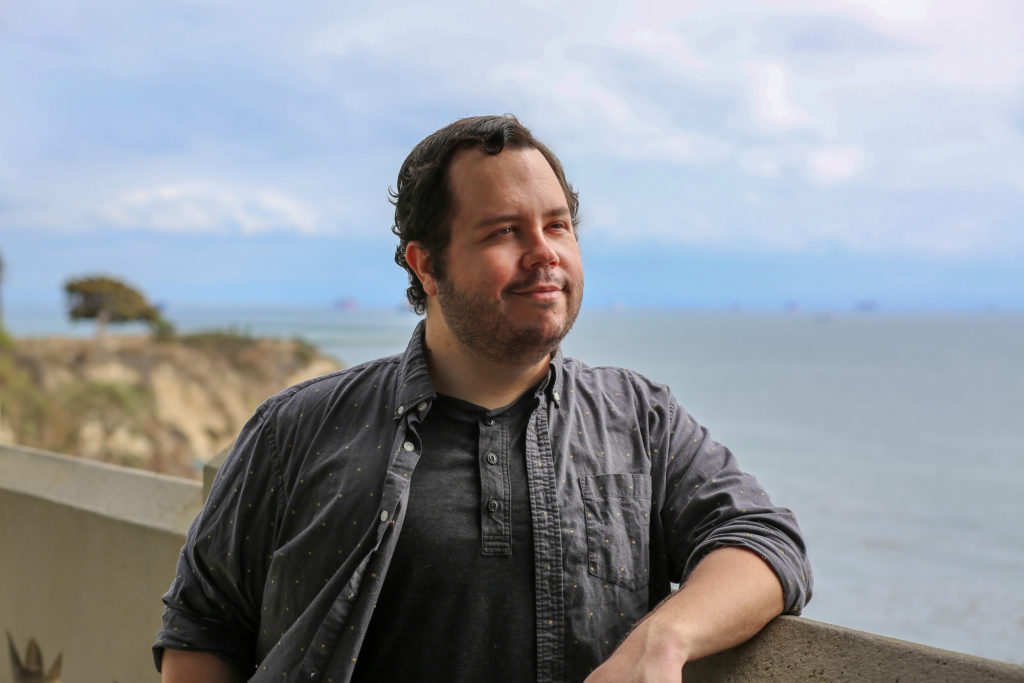
ISAAC GELMAN: Lead Character Modeler for Nickelodeon’s Santiago of the Seas
Tell us a little bit about your background and education.
I fell in love with 3D animation at an early age and was enamored by emerging media. I started taking CG classes in high school, received my AA from a small technical school, and earned a BFA from the Academy of Art University in San Francisco. Through some serendipitous events, I got my foot in the door and started at Nickelodeon a decade ago.
How would you describe your job as a modeler?
It can vary between pipelines. Currently, I take 2D line art from our character designers and build them in 3D using a digital sculpting program. The goal is to quickly produce a complete 360° representation of the character for the powers-that-be to see, review and make any adjustments. It requires creative problem solving to translate designs from one medium to the next and foresight to adjust for any of the design’s special considerations that may pop up further down the road. After approval, our partner studio turns the rough sculpt into a final, animation-ready asset.
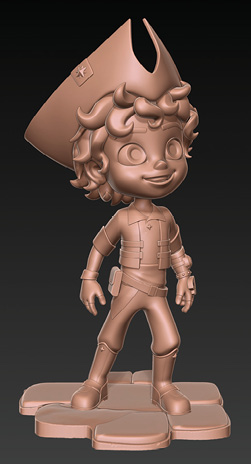
What are the best parts of your job?
Firstly, the people! I’ve been fortunate to work on crews with a fantastic array of individuals who have diverse passions and voices. Secondly, I love working on great designs! It’s exciting to see what new, fun, and interesting characters are coming up in the queue every week.
What are the biggest challenges of your job?
Working in television, that may be the schedule. Right now, it averages about one character (including organic-shaped props) a week with reviews and revisions. I’m also preparing renders for painters, checking assets that come back from our vendor studio, and handling small CG odds and ends. It took time to be comfortable and even welcoming of the pace. Now, I like how it keeps me on my toes.
How do you stay up-to-date on the latest technology or tools?
It’s not easy! There are many steps in the CG process and each step has half a dozen different software packages to choose from. Everything is moving incredibly fast and it can get overwhelming. I focus on the software for my immediate needs but stay on the pulse of what’s new and developing by following a lot of tutorial sites. While I may not dive into every program, I stay up to date on their features and trends.
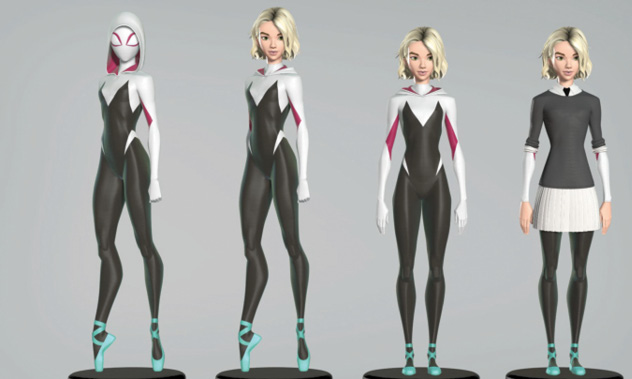
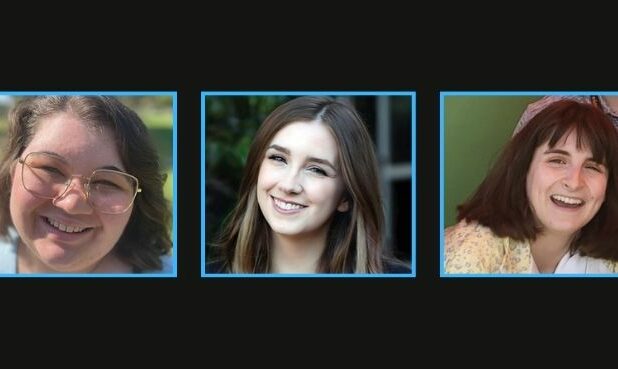
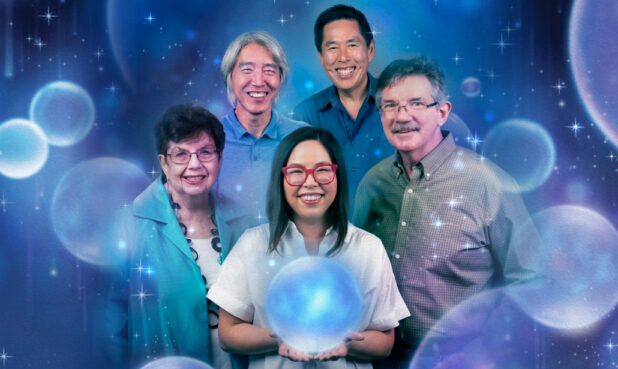
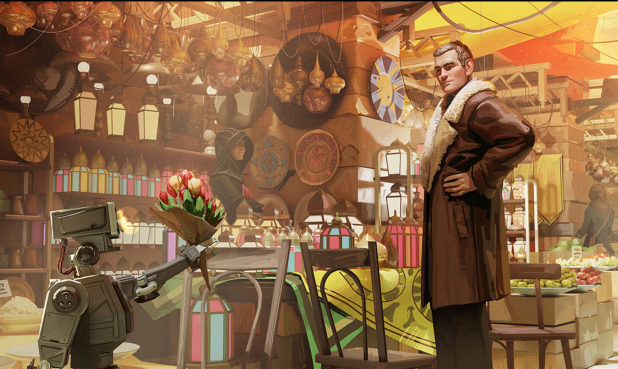
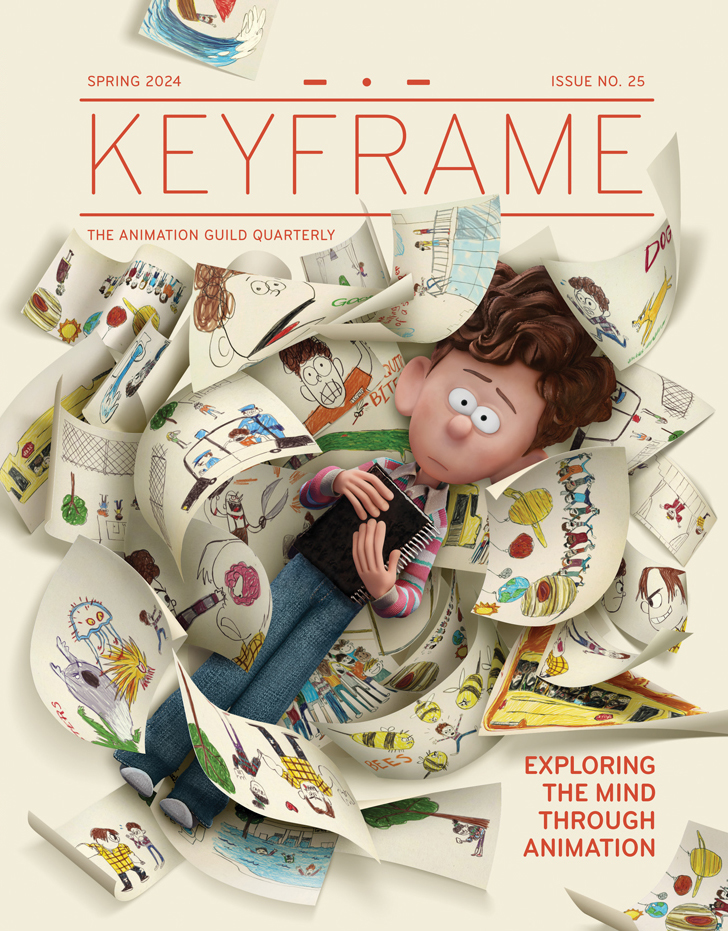
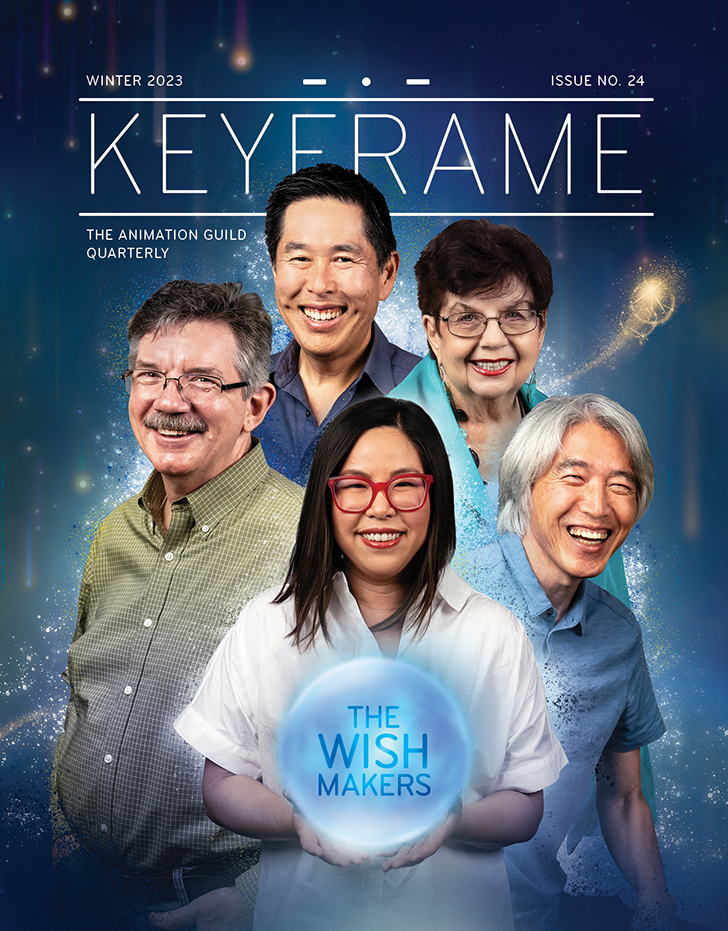
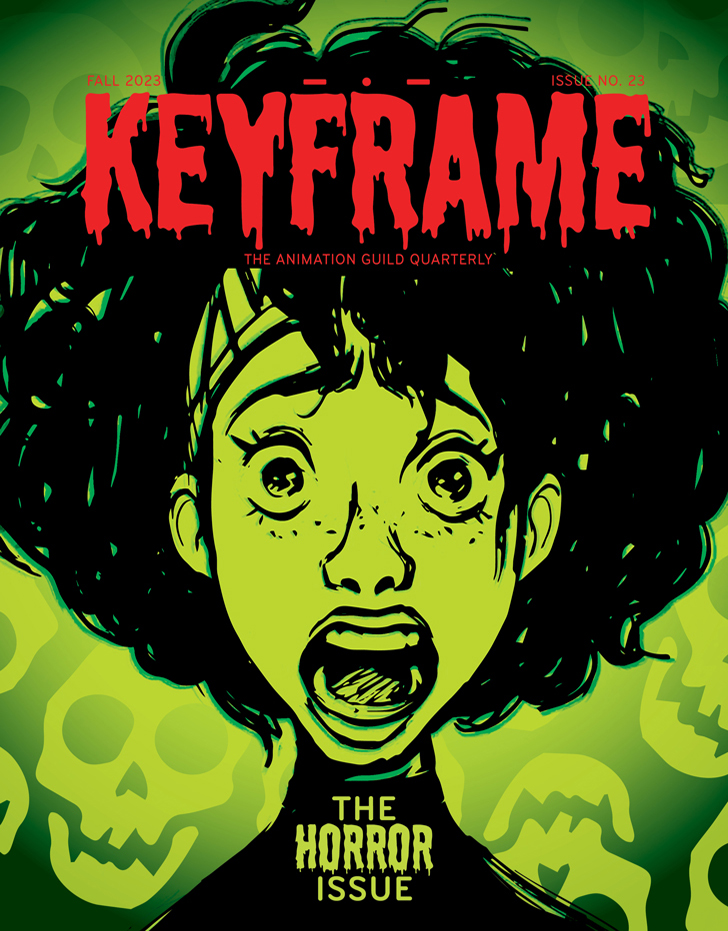
.png)